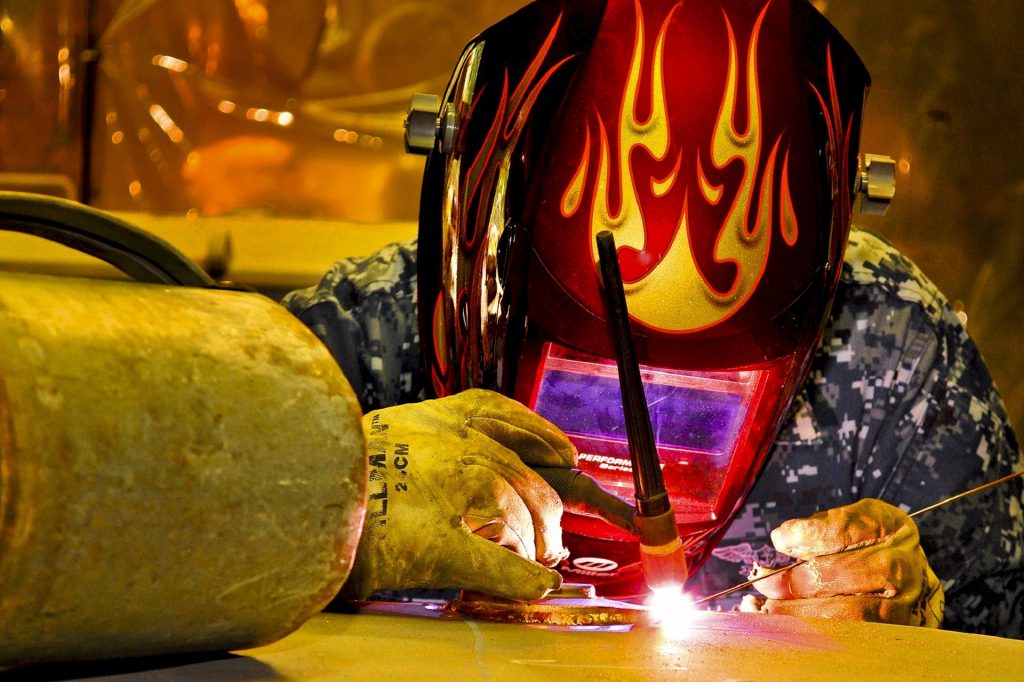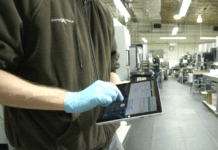When completing maintenance jobs, welders need to make sure they plan for the specific requirements of the task at hand and perform the work carefully.
Many different variables affect each welding project, and many potential mistakes, both major and minor, can be made. Keeping these potential slip-ups in mind can help welders take steps to avoid them.
Here are some of the common things to watch out for.
1. Not Checking Equipment for Damage
Before beginning to weld, one should always check the equipment to make sure it’s in good condition. Using damaged equipment can reduce weld quality and potentially cause safety issues.
Damaged cables or loose cable connections can, for example, cause bad ground connections and drops in voltage. This issue can reduce the heat provided for the weld and increase spatter — or droplets of molten material — that must be cleaned up.
Using a MIG wire that has rust or oil on it can cause significant issues, as can a moist electrode. You should always store 7018 electrodes in an electrode oven to keep them warm or dry or heat them up before using them.
To prevent equipment troubles, companies should have preventative maintenance plans in place that include regular inspection and maintenance of the welding gun, wire feeding system and consumables.
2. Not Using the Best Materials
It’s important for welders to know what base metal they’re working with and choose the best materials accordingly. What the base metal is made of helps to determine what fillers, tools and processes should be used. Welders need to know the chemical composition and tensile strength of the material they’re working with.
Some metals respond better to welding than others. Even different types of one metal can have different reactions to welding. 316L stainless steel reacts much better to welding than 316 stainless steel. The difference between the two materials is the amount of carbon in them, with 316L having less. Welders need to have this information before they begin welding so that they know what to expect from the materials in question.
3. Incorrectly Setting up Equipment
Setting up equipment in a way that doesn’t match the application can result in low-quality welds and increased spatter, which increases the costs of cleanup and the likelihood that reworking will be required.
Larger companies may have procedures in place that specify which voltages and wire feed speeds to use for certain projects, but those pre-defined settings may not exist at smaller operations. In the latter situation, welders may be able to obtain guidance from the welding equipment distributor about the correct settings to use. The company may also choose to invest in new equipment that offers pre-set machine parameters.
4. Not Cleaning off the Base Metal
Before beginning to weld, it’s important that the workpiece is clean. One should remove as much dirt, oil, grease, rust, mill scale and other contaminants from the surface as possible. Doing so will make the weld much stronger and make the work of welding easier.
Steam cleaning, last cleaning and solvent cleaning are typical methods used for cleaning base materials before welding. If you’re using a solvent, make sure you use the right kind. Acetone works well, but solvents such as paint thinner can cause weld imperfections. Different types of cleaning methods work best for different types of base metals.
One should also clean the weld after it’s complete. It’s important not to use compressed air, however, to remove excess materials, as doing so can introduce moisture and other contaminants into the weld.
Welding requires skill and careful attention to detail. Part of that attention to detail involves watching for mistakes that commonly occur during welding maintenance work such as those discussed in this article.






















